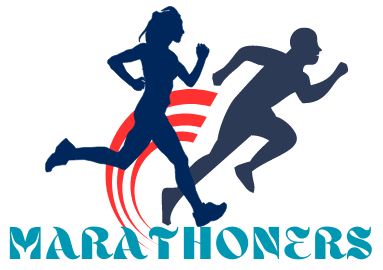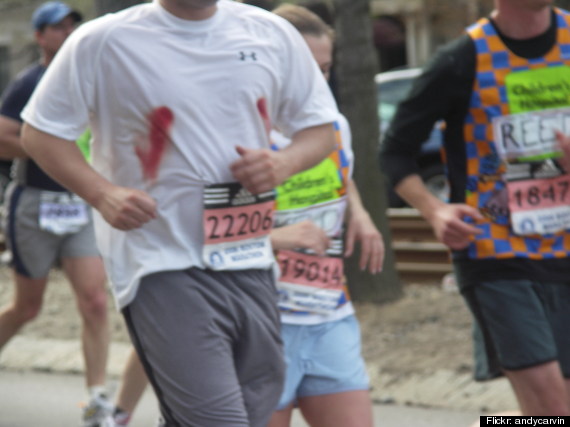Spirit Run: Book Summary- A 6,000-Mile Marathon Through North America’s Stolen Land By Noé Álvarez
Memoir | 240 pages | Published 2020
Spirit Run is a raw and poetic memoir by Noé Álvarez, chronicling his escape from a working-class life in Yakima, Washington, to join the Peace and Dignity Journeys—a 6,000-mile run honoring Indigenous communities across North America. Through every stride, Álvarez confronts personal trauma, immigrant roots, and questions of identity. This book is not just about running—it’s about reclaiming dignity, history, and self.
Who May Benefit from the Book
- Immigrants and first-generation Americans navigating cultural identity
- Readers interested in Indigenous cultures and traditions
- Athletes and endurance runners seeking deeper meaning in physical challenges
- People exploring personal growth through storytelling and memoirs
- Advocates of social justice and environmental awareness
Top 3 Key Insights
- Running is a powerful tool for cultural connection and self-exploration.
- Generational trauma deeply shapes identity and life choices.
- Communal suffering and solidarity foster transformation and healing.
4 More Lessons and Takeaways
- Indigenous traditions offer relevant wisdom: Álvarez learns from ceremonies, teachings, and rituals that provide alternative views on life, nature, and healing.
- Facing fear builds strength: Grueling physical trials reveal emotional courage and foster personal resilience.
- Belonging is complex: Álvarez’s multicultural identity leads him to question and then embrace a more inclusive sense of self.
- Healing is possible through movement and memory: The run helps reconcile the pain of the past with hope for a better future.
The Book in 1 Sentence
Spirit Run is a powerful memoir of identity, movement, and healing told through a 6,000-mile Indigenous journey across stolen lands.
The Book Summary in 1 Minute
In Spirit Run, Noé Álvarez recounts his decision to leave college and join the Peace and Dignity Journeys—a spiritual run connecting Indigenous communities from Alaska to Panama. Born to Mexican immigrants and raised in poverty, Álvarez uses this physically demanding journey to explore his roots, face inherited trauma, and find belonging among strangers. Through physical pain, sacred rituals, and shared stories, Álvarez finds clarity, purpose, and healing. This memoir blends activism, endurance, and memoir into a deeply personal tale of resilience and transformation.
The Book Summary in 7 Minutes
Noé Álvarez grew up in Yakima, Washington, the son of undocumented Mexican immigrants. His early life was shaped by hard labor, economic struggle, and the weight of family expectations. College offered a brief escape, but disillusionment quickly followed. Álvarez sought more than a diploma—he sought meaning.
The Call to Run
Álvarez hears about the Peace and Dignity Journeys (PDJ), a spiritual run that takes participants across the Americas, connecting Indigenous communities through ceremony and shared struggle. Without knowing what to expect, he joins the effort, trading books for blistered feet and dust-covered roads. The journey becomes his escape, his protest, and his path toward truth.
The Peace and Dignity Journeys
PDJ is not a typical race. It’s a movement. Runners carry sacred staffs representing Indigenous prayers and stories. They sleep on floors, share food, and face weather, exhaustion, and pain. This communal act of endurance weaves together personal and cultural healing. Álvarez realizes that running is ceremony—it connects the past, present, and future.
| Challenge | Meaning |
|---|---|
| Harsh terrain | Physical sacrifice for spiritual growth |
| Hunger and fatigue | Embracing discomfort to find strength |
| Cultural exchanges | Learning, listening, and honoring stories |
Running as Rebirth
Each step becomes symbolic. Álvarez runs not just for himself but for his parents—his mother who cleaned toilets, his father who picked apples in the heat. Running becomes an act of remembrance and resistance. It is also deeply personal. He confronts fears, doubts, and identity conflicts.
One moment, he’s Mexican-American and unsure of where he belongs. The next, he’s embraced by strangers who share food, chants, and tears. The journey teaches him that identity is not static. It can stretch, shift, and hold multitudes.
Facing Generational Pain
Throughout the journey, Álvarez reflects on his family’s history. His father grew up abandoned. His mother crossed the border for survival. Their sacrifices are carved into his body, even when unspoken. He runs to honor them—and to break free. He carries their pain in his muscles, their hope in his breath.
By remembering their stories, he begins to heal his own. He stops seeing education as an obligation and begins seeing knowledge—both lived and learned—as liberation.
Indigenous Teachings and Spiritual Practice
Álvarez encounters Indigenous elders and communities that welcome the runners with open arms. They share ceremonies, prayers, and meals. He learns to listen more than he speaks. He learns about peyote rituals, songs passed through generations, and the sacred role of running in Indigenous tradition.
These lessons teach respect for the land and remind him of something vital: history is not gone. It breathes in stories, rituals, and sacred spaces.
The Pain and Power of the Body
Physically, the run is brutal. Legs cramp. Blisters fester. Weather punishes. Yet Álvarez pushes on. Each new mile chips away his former self, revealing something new beneath—stronger, clearer, braver.
He begins to feel proud of his body—not for how it looks, but for what it can endure. Pain becomes a teacher. Running becomes a declaration: “I exist, I matter, I continue.”
Belonging through Community
Álvarez joins a team of runners from diverse backgrounds—some Indigenous, some Latinx, others searching like him. They argue, they bond, they share suffering. Through these relationships, he sees how shared struggle forms deep, lasting connections.
Though they come from different places, their stories overlap—migration, injustice, resilience. In this community, Álvarez finds what he had long craved: a place to belong.
Reconnecting the Self
By the end of the journey, Álvarez is not the same. He carries the prayers of others, the weight of history, and the strength of thousands of miles. The run does not give him all the answers. But it teaches him how to carry questions with dignity.
He returns home with a deeper connection to his heritage, his people, and himself. Spirit Run is more than a travelogue—it’s a story of running toward a self that once felt out of reach.
About the Author
Noé Álvarez is an American writer, speaker, and first-generation college student. He was born in Yakima, Washington, to undocumented Mexican immigrants. Álvarez worked in fruit warehouses as a teenager and later attended Whitman College. His writing explores themes of labor, immigration, identity, and social justice. Spirit Run is his debut memoir, gaining attention for its raw honesty and poetic style. His work continues to spotlight marginalized voices and Indigenous wisdom.
How to Get the Best of the Book
Read slowly, allowing time to reflect after each chapter. Highlight phrases that resonate. Research the Peace and Dignity Journeys to deepen your understanding.
Conclusion
Spirit Run is a memoir that runs deep. It takes you across landscapes, cultures, and histories, but most of all, into the heart of a young man finding his voice. For readers seeking authenticity, struggle, and spiritual strength—it’s a moving, memorable journey worth taking.





